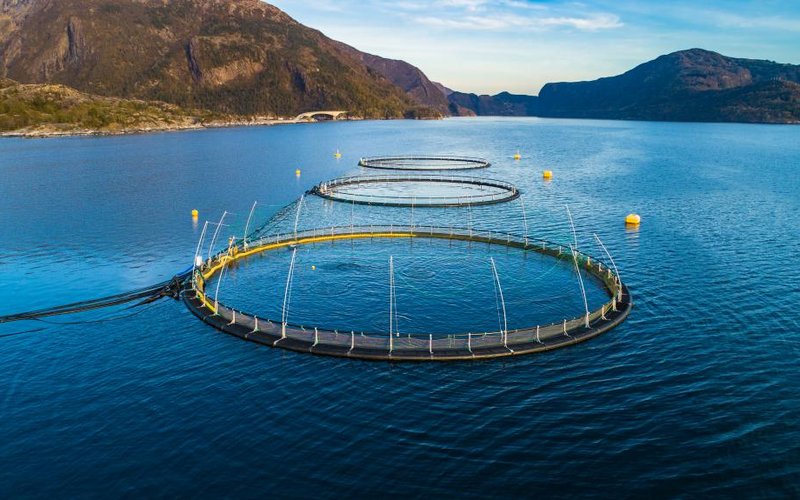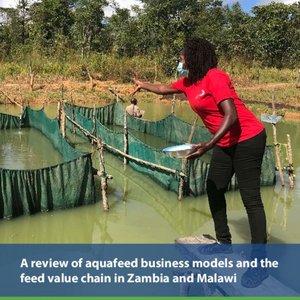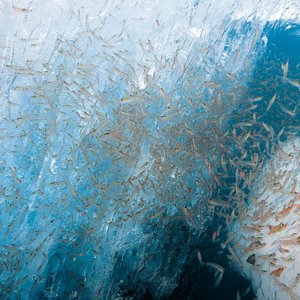The EU aquaculture sector reached 1.2 million tons and €4.1 billion in turnover in 2018, according to a new JRC report. However, the report estimates that the coronavirus pandemic hit the sector by decreasing income sources and increasing costs.
In the EU, aquaculture accounts for approximately 25% of the consumption of seafood. The EU Aquaculture Sector – Economic report 2020 shows that there were about 15,000 companies in the sector in the EU in 2018, employing 69,000 people. The sector’s sales volume increased by 2% and turnover increased by 11%, compared to 2016.
The report’s main sources of data come from national reporting up to 2018. The data shows that EU aquaculture production is concentrated in four countries: Spain (27%), France (18%), Italy (12%), and Greece (11%), together accounting for 69% of sales and 62% of turnover.
Looking beyond 2018, the scientists developed and applied a “nowcast” tool to estimate the current economic situation for aquaculture and the impact of the coronavirus pandemic on the sector. Based on this, the report estimates that the pandemic has led to a 17% decrease in sales volume and an 8% decrease in prices. In particular, sales of marine fish are estimated to have fallen by 3%, shellfish by 19% and freshwater fish by 10%.
The nowcast tool works by modeling the expected changes in weight of sales, total sales value, and employment by applying variables from existing and estimated trends to the most recent data available for each country.
In normal times, the production weight is similar to the weight of sales. However, the report finds that the disruption caused by the pandemic led to fish remaining on farms being sold at a later date. This led to an increase in feed costs, but also other costs such as labor, repair and maintenance.
The report also contains the first EU-wide analysis of social data for the sector. It shows that those employed in aquaculture are primarily male (76%), aged 40-65 (about 43%), and working in the country of their nationality (83%), with the rest mainly coming from other EU countries.










